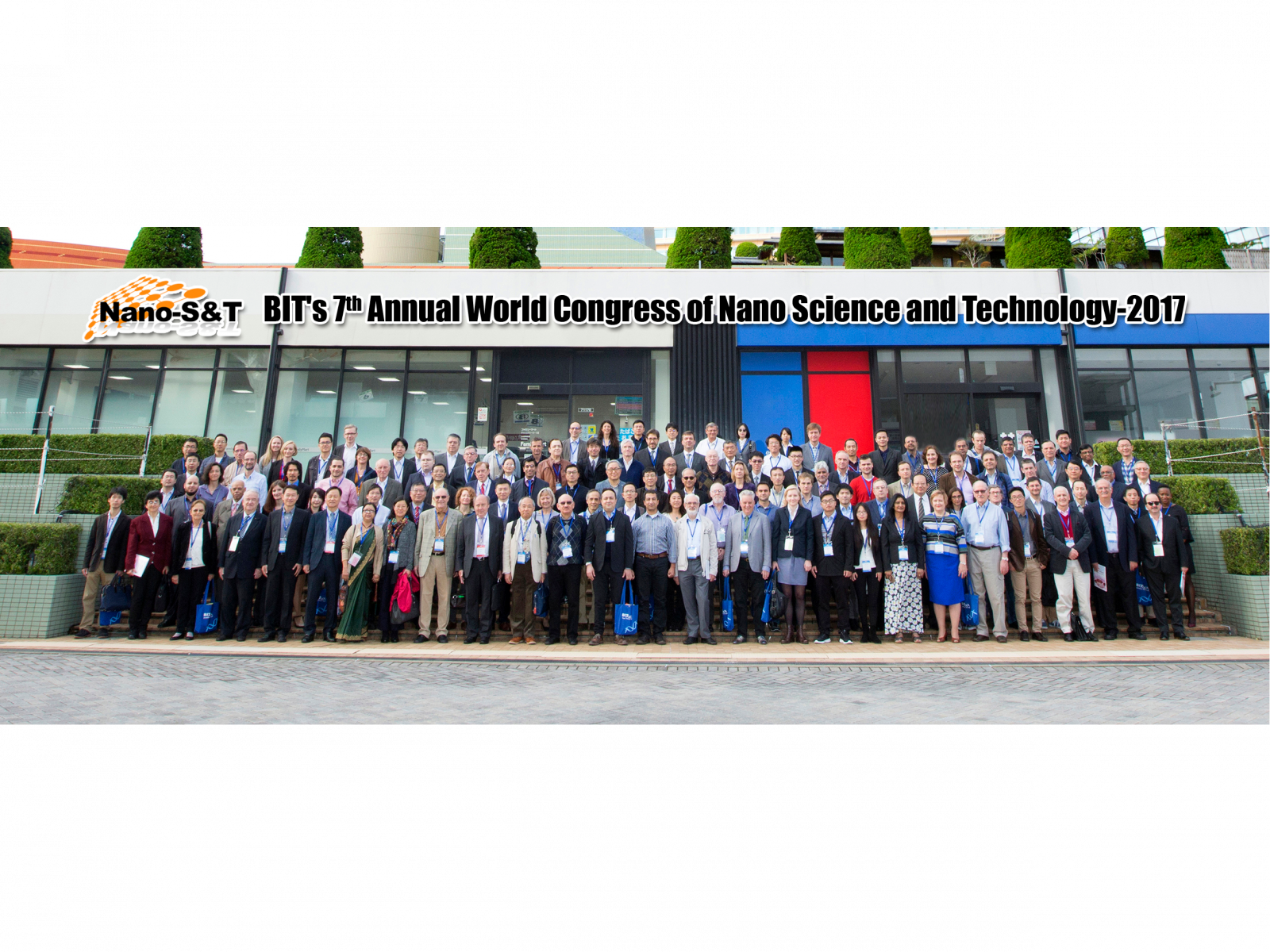On April 10 and 11, the EC experts visited the ISSP UL to evaluate the CAMART2 progress so far. It was a great pleasure to welcome the evaluators, as the previous on-site visit took place in October 2022.
The EC experts assessed qualitative and quantitative indicators essential for the project’s successful implementation. The EC experts’ team listened to the progress report presentations given by each of the WP leaders and visited several laboratories, such as the Laboratory of Thin Films and the Laboratory of Optical Materials.
At the Thin Films Laboratory, the guests learned that the laboratory was established to enhance ISSP’s UL focus on thin film science and technology. A representative of the laboratory introduced the EC experts to the methods of film deposition technologies, many of which are available at the ISSP UL thanks to the state-of-the-art equipment acquired by the ISSP UL within the scope of the CAMART2 project.
At the Laboratory of Optical Materials, EC experts learned that it focuses on studying various oxide materials doped with rare earth ions to understand their optical properties, such as luminescence. Scientists here also research coatings to improve their optical properties. Additionally, the focus of the research is an investigation of thermostimulated luminescence (TSL) methods and their influence on materials, employing spectroscopic methods and collaborating with other labs for comprehensive analysis. Researchers and technical staff of the Laboratory of Optical Materials appreciate the cutting-edge equipment acquired by the institute thanks to the CAMART2 project that enhances the value of their scientific activities.
The experts were impressed with the advancements achieved by the CAMART2 project since the last time they visited the ISSP UL. The progress has led the evaluators to conclude that the ISSP UL has already established itself as one of the premier scientific institutions in the Baltic region and has achieved a level of excellence that enables it to function on equal footing with European research centers.


